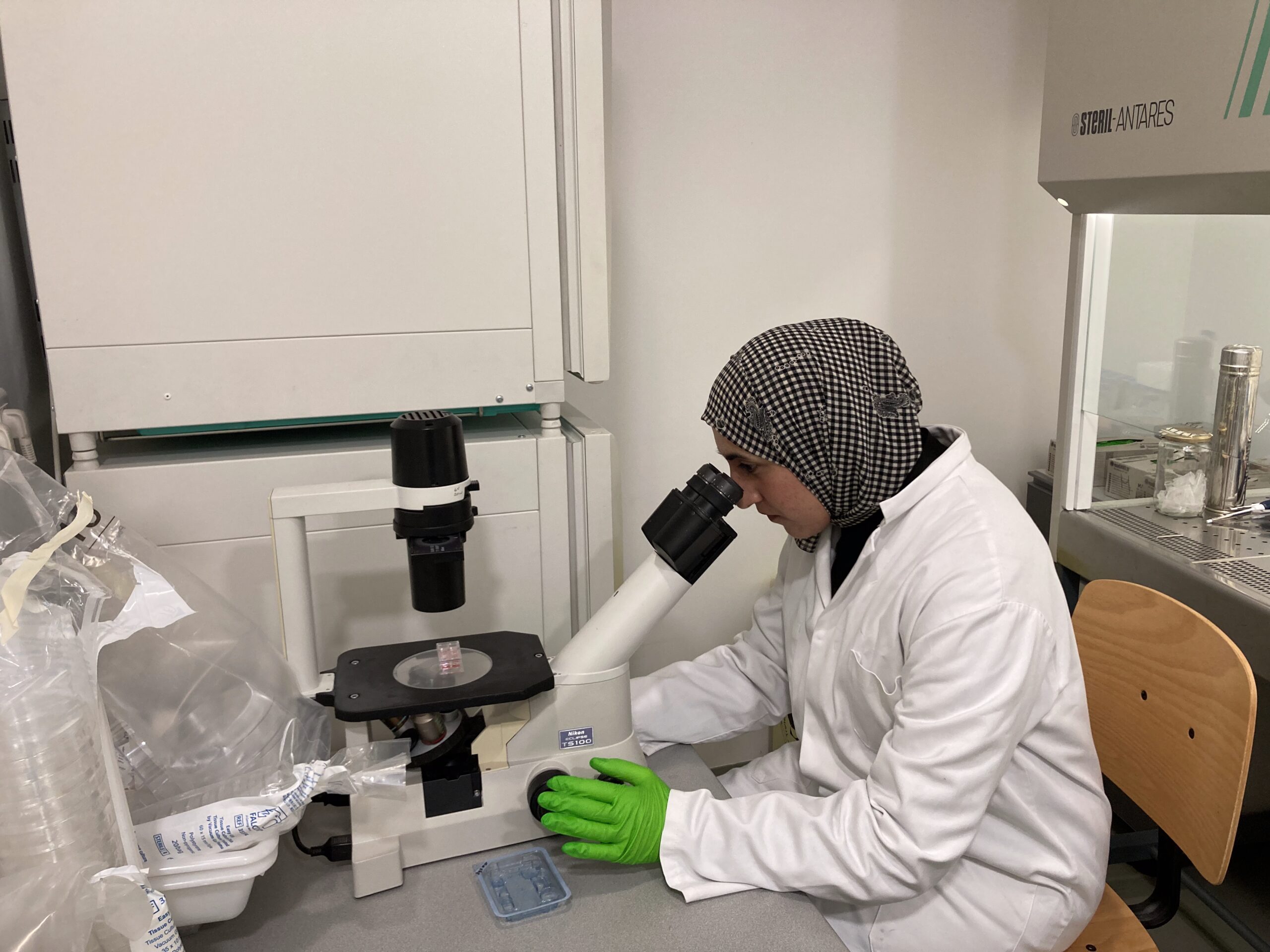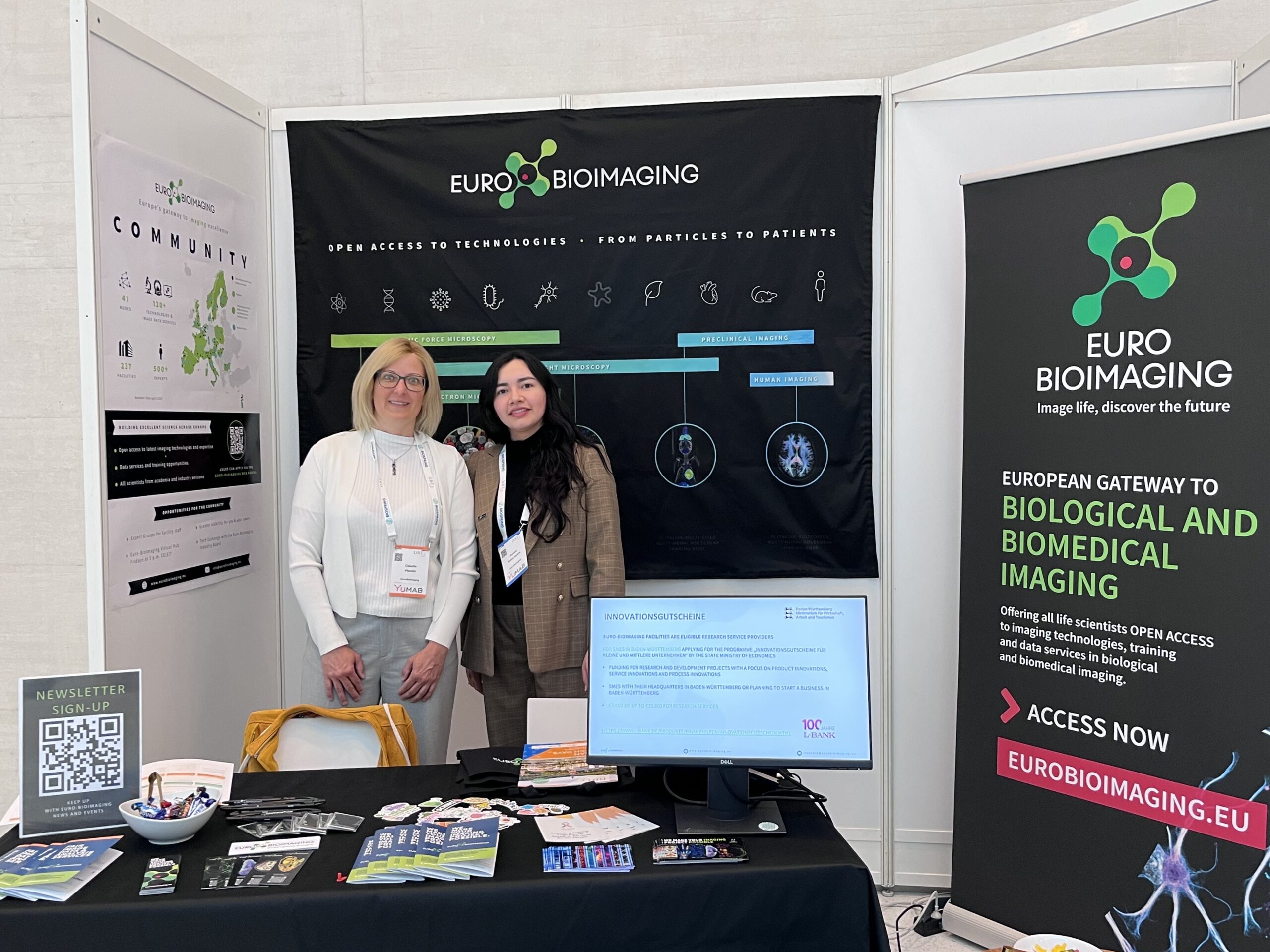
Validating wheat sap velocity measured with a heat pulse sensor with PET imaging
Imaging technologies support research into the structure and function of plants, shed light on plant health, resilience and adaptability, and help answer agroecology-related research questions. The Euro-BioImaging User Forum “Understanding Plant Biology” will showcase how imaging supports cutting edge research in this domain and provide information on funding opportunities for agroecology-related research projects via the AgroServ project. At this event, Sarah Verbeke of Ghent University, will explain how her collaboration with Nicola D’Ascenzo of the NEUROMED Node allows her to work towards a new method to visualize water flow in small plants using PET imaging. Full abstract below.
What: Euro-BioImaging User Forum “Understanding Plant Biology”
When: October 12, 2023, from 14:00-17:00 CEST
Where: Online
ABSTRACT
Validating wheat sap velocity measured with a heat pulse sensor with PET imaging
Sarah Verbeke,
Ghent University
Nicola D'Ascenzo,
NEUROMED Node
True sap velocity is hard to determine. Sap flow sensors can measure the velocity or flow in plant stems by measuring the drag of a heat pulse or continuous heating by the sap. Temperature sensors above and below a resistor measure the change in temperature of the sap which was heated by the resistor. In case of a heat pulse, the time it takes to arrive at the temperature sensors is used to calculate heat pulse velocity. The heat pulse velocity is linearly related to the sap velocity through thermal conductivity. This parameter can be determined unequivocally for trees, where the different tissues consist of uniform concentric cylinders. For smaller plants, like wheat, the vascular bundles are dispersed in parenchyma tissue, which means that heat is conducted through different tissues with each their unique thermal conductivity before it is measured by the sensor. The hollow stem of wheat increases the complexity of the stem cross section.
Calibration of the heat pulse sensor was performed in a previous experiment by gravimetrical measurements of transpiring plants and comparing the loss of water to the cumulative measured sap flow. The objective of the current experiment was to validate the previous calibration with measurements of sap velocity through PET imaging. To this end, radioactive tracer (FDG; fluorodeoxyglucose) was applied to the cut stem of ten wheat plants (Zadoks’ scale Z7), after which they were subjected to a dynamic PET scan for 2 hours. Above the field of view, two sap flow sensors were installed on each plant. By measuring the progression of the FDG signal in the dynamic PET images, the velocity of unhindered sap can be compared to the measured velocity by the sap flow sensors. This will allow Sarah Verbeke and her team to determine not only if the two methods measure similar flows, but also if FDG can represent water flow in plants, thereby opening up a new method to visualize water flow in small plants.

More news from Euro-BioImaging


